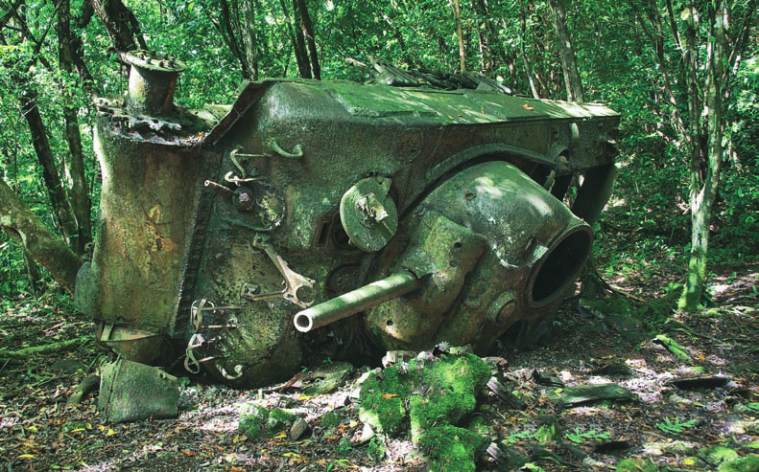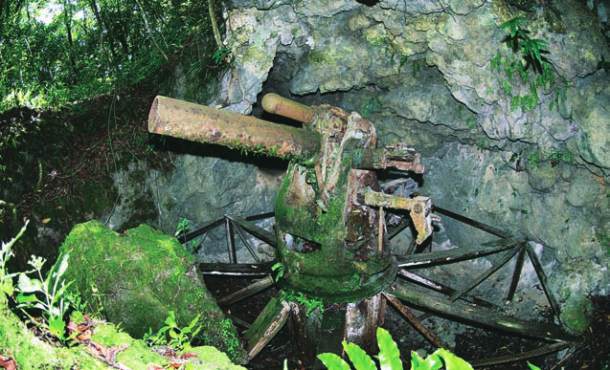Basic HTML Version



Applied Environmental Science
Marine resources have always been an essential part of Palauan
culture. Now they play a vital role in the country’s economy,
which depends heavily on dive-related tourism. Internationally
renowned for its biological significance, Palau has a series
of ongoing marine research projects in place, which target
conservation of the islands’ most diverse and ecologically vital
areas. Effective coral-reef management and policymaking is
an ongoing process throughout Oceania, but Palau’s various
governmental organizations and NGOs (including the Coral Reef
Research Foundation, Palau International Coral Reef Center, Palau
Conservation Society, the Nature Conservancy and national and
state government agencies) are making headway.
Initiatives include the creation and management of marine
protected areas, wildlife-protection laws and the development
of ecosensitive industries such as diving, snorkeling and catch-
and-release sportfishing. More can always be done, but Palau is
acting to solve critical issues affecting their reefs using as much
scientifically sound data as possible.
From top: U.S. Sherman Tank, Peleliu; Japanese
Howitzer, Peleliu
Below: The shallow reefs of staghorn coral
just inside Ulong Channel make for memorable
snorkeling.
Opposite: An ornate ghostpipefish with eggs is a
rare find (Helmet Wreck, Malakal Harbor).
Peleliu and
Angaur
Just an hour and a half boat
ride or a short helicopter
flight away, the islands
of Peleliu and Angaur lie
at the southern end of
Palau’s main archipelago.
These islands were the
site of one of the Pacific’s
bloodiest battles during
World War II. The lives of
thousands of Japanese and
American soldiers were lost
on these tropical islands,
but haunting reminders of
the war’s horrors remain.
Rusty tanks and planes still
sit amid the dense jungle;
machine guns poke their
barrels out of bunkers, now
covered by twisting Banyan
tree roots; and myriad
caves open into tunnels and
warrens used by Japanese
soldiers. The historic war
relics linger but are slowly
being overtaken by nature’s
incessant advance.
www.alertdiver.com
|
75
G E R I MUR P H Y
M I K E ME S G L E S K I
M I K E ME S G L E S K I

